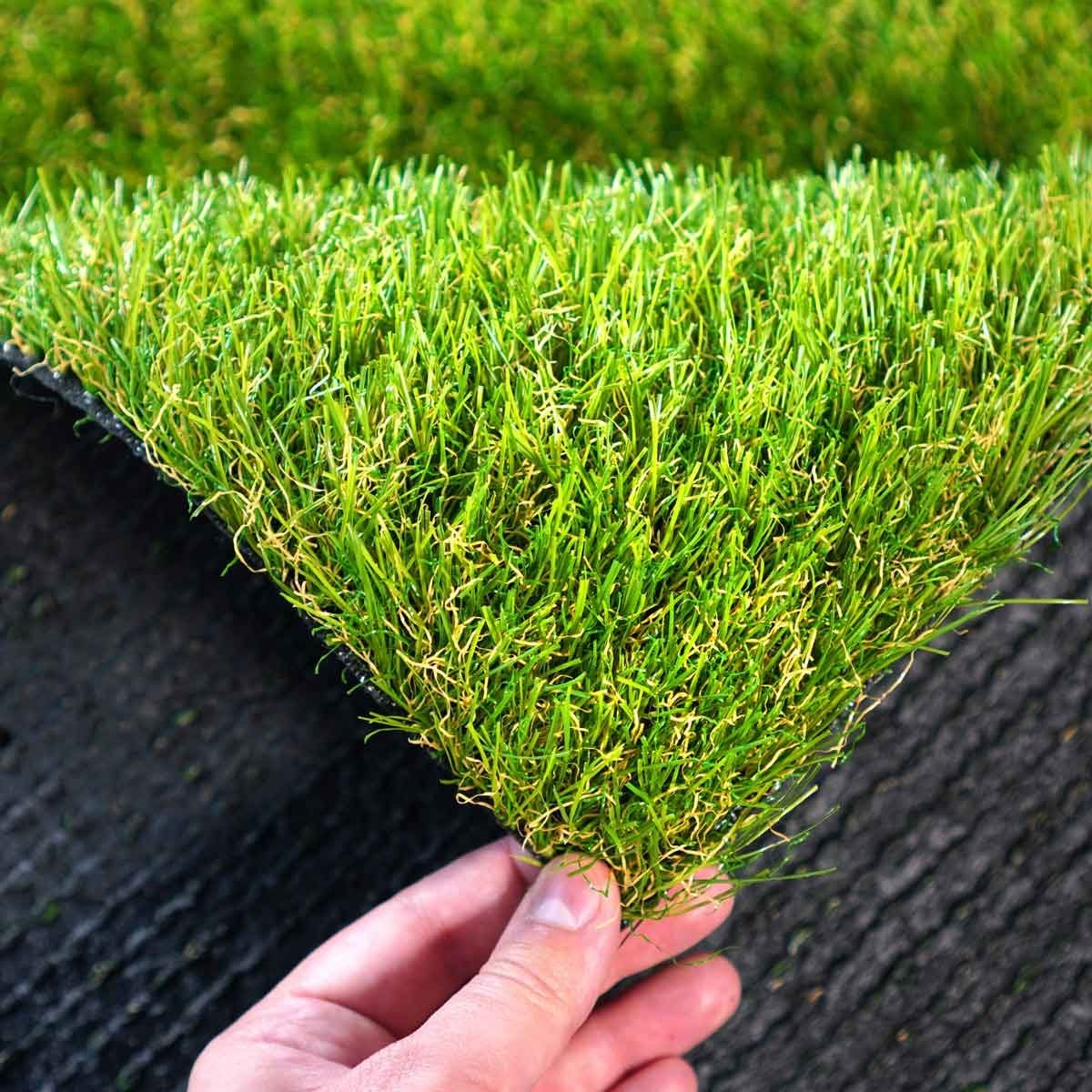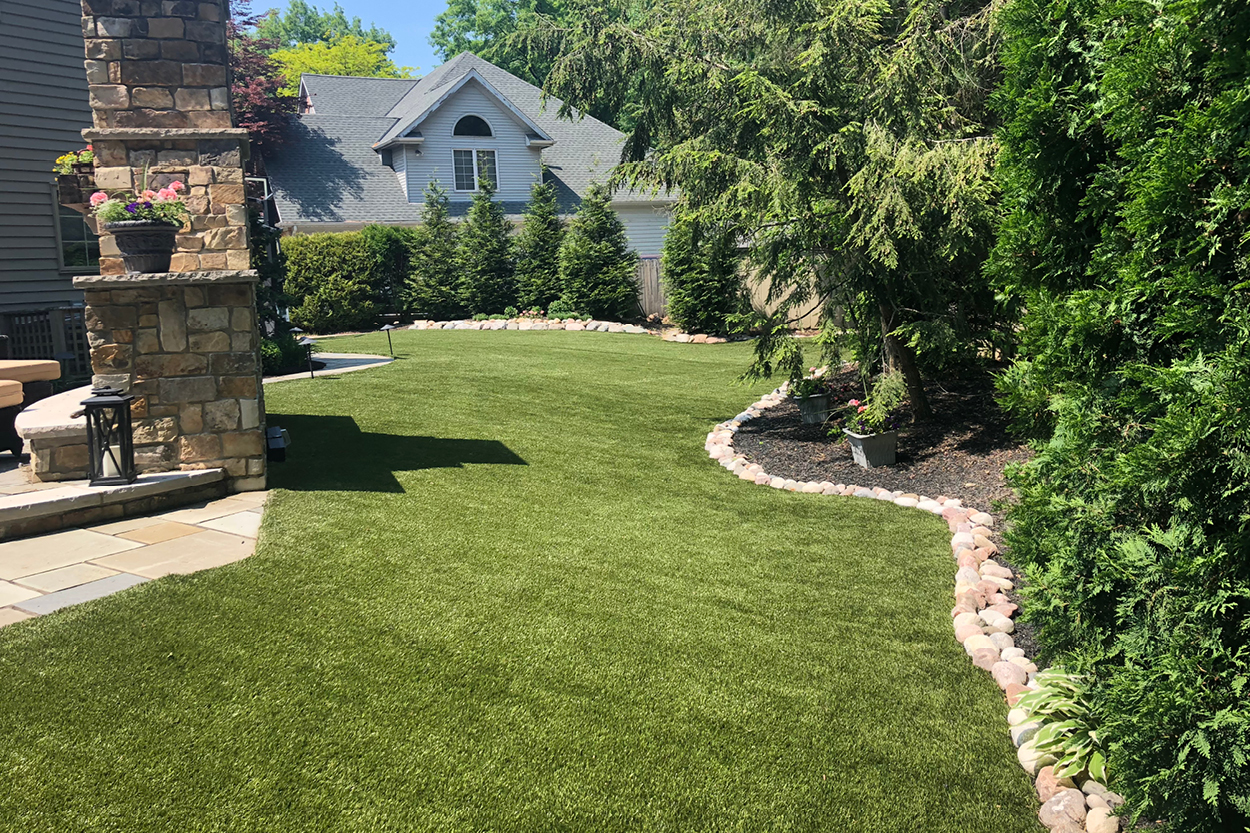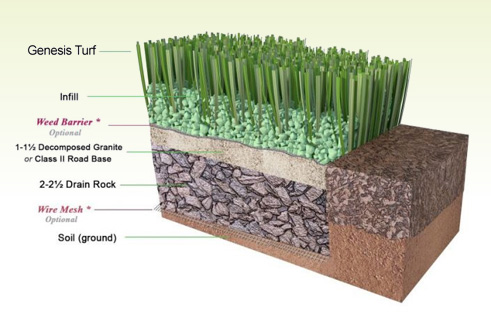Reliable Artificial Turf Companies Phoenix for a Lush and Green Lawn
Explore the Environmental Perks of Opting for Synthetic Grass Solutions
The adoption of synthetic lawn options offers an engaging opportunity to attend to pressing environmental challenges. By significantly lowering water usage and decreasing the application of harmful chemicals, these options not only advertise lasting landscape design however also protect regional communities. Moreover, the reduced carbon footprint connected with lowered upkeep tasks adds to a much more lasting technique to land management. The ramifications of these advantages expand beyond mere preservation initiatives, increasing questions concerning their long-lasting impact on environment preservation and total ecological balance. Exploring these measurements reveals a complex interaction worth considering.
Water Preservation Advantages
One of one of the most considerable advantages of synthetic lawn is its capability to conserve water. Conventional yard lawns call for substantial irrigation, specifically in locations vulnerable to dry spell or water constraints. In contrast, fabricated grass does not require watering, dramatically decreasing the total need for water resources. This function is particularly beneficial in arid regions where water deficiency is a pushing worry.
By removing the requirement for normal watering, man-made grass adds to lasting landscape techniques and helps minimize the ecological impact of extreme water usage. The conservation of water extends to the reduction of drainage, which can lead to dirt erosion and waterway air pollution.
Furthermore, the installation of synthetic grass permits communities and home owners to designate water resources much more efficiently, concentrating on vital uses such as drinking water and farming. The shift towards synthetic grass not only advertises responsible water usage however likewise straightens with broader environmental goals aimed at protecting natural resources.
As communities increasingly prioritize sustainability, the water conservation benefits of fabricated turf present an engaging instance for its adoption in industrial and property landscape design jobs.
Reduced Chemical Usage
The transition to synthetic grass substantially lowers the dependence on chemical treatments frequently used in all-natural grass upkeep. Traditional turf management generally involves the application of chemicals, herbicides, and plant foods to advertise growth and control pests. These chemicals can posture dangers to human health, regional wildlife, and the environment, adding to dirt and water contamination.
In comparison, synthetic grass removes the requirement for these dangerous materials. As soon as set up, it calls for minimal upkeep, mainly including regular cleansing and seldom infill replenishment. This decrease in chemical use not only benefits the prompt atmosphere yet likewise adds to broader eco-friendly stability. By minimizing the release of artificial compounds into the community, synthetic grass promotes much healthier soil and water supply.
Moreover, the lack of chemical runoff connected with synthetic grass installments aids secure neighborhood rivers from air pollution, supporting marine life and preserving biodiversity. Artificial turf companies phoenix. As areas progressively focus on lasting methods, going with synthetic grass presents a feasible remedy that lines up with environmental preservation objectives. Via this shift, residential or commercial property owners can enjoy lush eco-friendly rooms without jeopardizing ecological wellness, leading the way for a more lasting future
Reduced Carbon Impact

Moreover, the installation of man-made lawn can result in considerable water preservation. All-natural lawns need significant quantities of water for watering, which not only includes in the carbon footprint connected with water removal and treatment but likewise pressures neighborhood water sources. On the other hand, artificial grass needs very little maintenance, calling for no watering, consequently substantially reducing water usage and its associated energy expenses.
Furthermore, the long life of synthetic grass adds to its lower carbon influence. With a life-span of approximately 15 years or even more, the demand for constant substitutes is reduced, leading to less waste and lower energy intake in production and throwing away traditional turf alternatives. In general, artificial turf offers a lasting alternative for eco conscious landscape design.
Environment Conservation
Habitat preservation is a crucial consideration in the debate over landscape design selections, especially when comparing synthetic grass to all-natural turf. Natural yard lawns typically need comprehensive maintenance, including using herbicides, pesticides, and fertilizers, which can adversely influence local ecosystems. These chemicals can seep into the dirt and rivers, hurting indigenous plants and animals and interfering with local environments.
On the other hand, man-made turf provides an opportunity to minimize the eco-friendly footprint of landscape design. By choosing artificial turf, property owners can lessen the disruption why not check here of natural environments related to conventional grass care methods. Fabricated turf gets rid of the requirement for hazardous chemicals, consequently shielding nearby wildlife and preserving the honesty of bordering ecosystems. Additionally, the installment of artificial turf can cause the conversion of previous yard areas into more biodiverse landscapes, such as pollinator this contact form gardens or native plant areas, which can support regional wildlife.
Ultimately, the transition to fabricated lawn not just saves water and lowers upkeep efforts but additionally cultivates a much more harmonious partnership between human activities and the natural surroundings, promoting environment preservation while doing so.
Long-Term Sustainability
Long-lasting sustainability is a critical consider assessing the benefits of synthetic grass over standard turf lawns. Among the most substantial benefits of synthetic grass is its durability; it can last approximately 15-20 years with minimal maintenance, whereas all-natural turf requires regular reseeding and replacement. This longevity minimizes the need for continuous sources, such as water, plant foods, and chemicals, which are crucial for maintaining a healthy and balanced turf lawn.
Furthermore, synthetic grass adds to a reduction in carbon emissions connected with yard care devices. Conventional grass commonly require gas-powered mowers, leaners, and blowers, every one of which contribute to air pollution. Arizona artificial turf. In contrast, synthetic grass eliminates the requirement for such devices, advertising a cleaner setting
Furthermore, the production of synthetic grass increasingly uses recycled products, improving its sustainability account. As suppliers adopt environment-friendly techniques, the ecological impact of artificial turf continues to decrease.

Verdict
The fostering of synthetic grass services presents significant environmental advantages, including substantial water conservation, reduced dependence on damaging chemicals, and a lower carbon footprint. Additionally, synthetic grass aids in preserving all-natural environments by lessening land disruption and promoting long-term sustainability via the usage of sturdy products. Collectively, these elements highlight the potential of synthetic grass to add positively to environmental wellness and use a feasible choice to traditional landscaping techniques in an increasingly resource-conscious world.
In comparison, man-made turf does not require watering, significantly minimizing the overall Your Domain Name need for water resources. By decreasing the release of artificial compounds into the ecosystem, fabricated turf advertises healthier dirt and water systems.
Moreover, the installment of synthetic lawn can result in substantial water preservation. In contrast, man-made lawn needs marginal maintenance, needing no watering, therefore considerably lowering water usage and its connected power costs.
